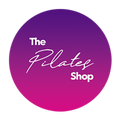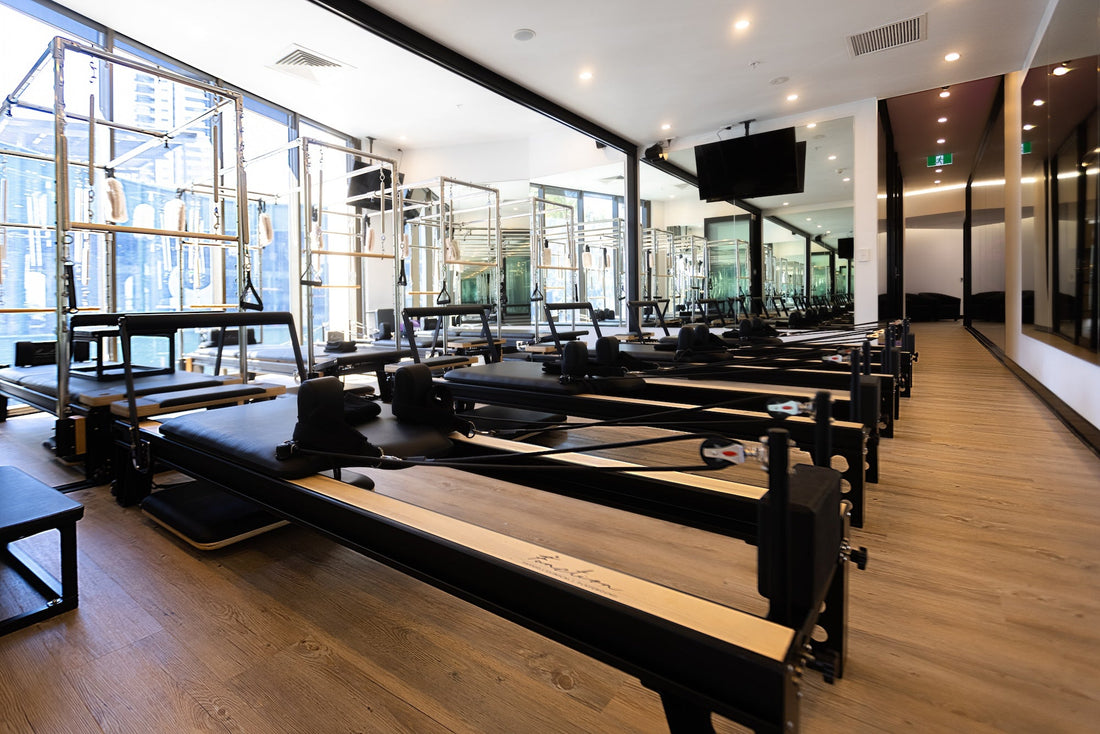Introduction
Are you recovering from a sports injury and eager to get back on track? Look no further than the power-packed world of Pilates rehabilitation. Combining the principles of movement, healing, and strength, Pilates has proven itself as a transformative method for recovering athletes. In this blog post, we'll delve into the incredible benefits that Pilates can offer on your journey towards moving, feeling, and looking better after sports injuries. So, grab your yoga mat and let's dive in!
Understanding the Pilates Approach
Pilates isn't just a workout; it's a holistic approach to rehabilitation. Founded by Joseph Pilates, this method focuses on enhancing body awareness, flexibility, and core strength. The ethos of Pilates perfectly aligns with your goals of moving, feeling, and looking better. By emphasising controlled and precise movements, Pilates works to recondition your body from the inside out, making it a brilliant choice for injury recovery.
Healing with Pilates
When injuries strike, healing becomes your top priority. Pilates offers a low-impact solution that aids in the healing process. The controlled movements help increase blood circulation to the injured area, promoting faster recovery. Additionally, Pilates exercises target specific muscle groups, aiding in the rehabilitation of injured muscles and joints. By incorporating mindful breathing techniques, Pilates helps reduce stress, which is often a roadblock to optimal healing.
Building Strength with Pilates
Regaining strength post-injury can be challenging, but Pilates rises to the occasion. The focus on core strength not only stabilises your body but also supports other muscle groups during recovery. The controlled resistance provided by Pilates exercises assists in rebuilding muscle strength without the risk of overexertion. As you progress, the exercises can be tailored to match your increasing strength, making it a safe and effective journey towards regained athleticism.
Movement for a Better You
Pilates is synonymous with mindful movement. The emphasis on proper alignment and posture translates into better movement patterns even outside your Pilates sessions. As you learn to move better through Pilates, you'll experience reduced strain on your joints and muscles, leading to improved overall mobility. This newfound awareness extends to your daily activities, helping you move with grace and confidence.
Feel Better, Look Better
Feeling better is intrinsically linked to looking better. Pilates doesn't just transform your physique; it rejuvenates your spirit. The mind-body connection nurtured by Pilates not only uplifts your mood but also reflects positively in your posture and demeanour. As you regain strength and flexibility, you'll notice an improvement in your physical appearance, giving you an undeniable boost of self-confidence.
Incorporating Pilates into Your Recovery
Before diving into Pilates rehabilitation, consult your healthcare provider to ensure it aligns with your recovery plan. Certified Pilates instructors are well-equipped to customise sessions based on your injury and fitness level. Start with gentle exercises and gradually progress as your body strengthens.
Conclusion
Pilates rehabilitation presents a transformative path towards healing and strength after sports injuries. This method aligns seamlessly with the ethos of moving, feeling, and looking better. By embracing Pilates, you embark on a journey that not only restores your physical prowess but also enhances your overall well-being. So, why wait? Roll out your mat, embrace the mindful movements, and let Pilates guide you towards a better you.
Disclaimer: This blog post is for informational purposes only and should not replace professional medical advice. Always consult with your healthcare provider before beginning any new exercise regimen, especially during the recovery phase after sports injuries.

